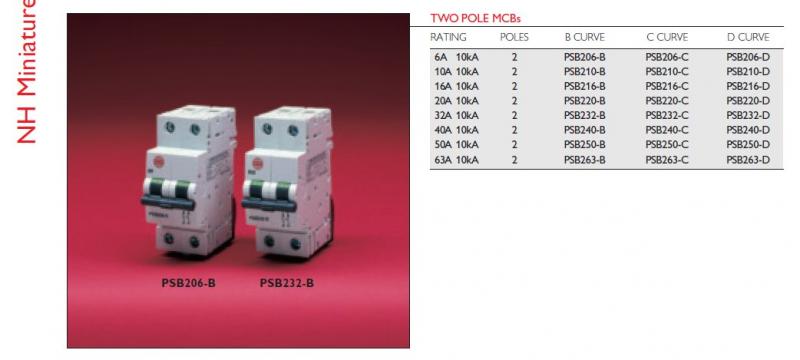B
Brightonguy
We have a dislike of switches all over the kitchen as you see today. The appliances are in housings with no worktops adjacent. Isolation switches would be on a the wall near the door to the cupboard with the CU just inside.
I was just musing:
1. Maybe having another main DP isolator, subbed off the main one of course that isolates the bank of three appliances. or;
2. Just a RCD (which is DP & an isolator and about £8 each) that has the three appliance mcb's on just that bank.
3. Each appliance with one RCD and mcb (3 ways per appliance). which means a CU with a lot of ways. The difference in price between a 10 way CU and 12 way is about £15.
No. 3 looks OK. BTW, is there any reason why CU cannot be turned on its side? Just curious.
I was just musing:
1. Maybe having another main DP isolator, subbed off the main one of course that isolates the bank of three appliances. or;
2. Just a RCD (which is DP & an isolator and about £8 each) that has the three appliance mcb's on just that bank.
3. Each appliance with one RCD and mcb (3 ways per appliance). which means a CU with a lot of ways. The difference in price between a 10 way CU and 12 way is about £15.
No. 3 looks OK. BTW, is there any reason why CU cannot be turned on its side? Just curious.



